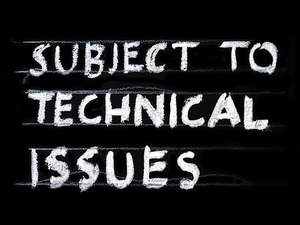 Are you one of the holdouts still running Windows 7 or 8?
Are you one of the holdouts still running Windows 7 or 8?
If so, you should know that if you upgrade your processor to the very latest, you will no longer be able to receive automatic software updates.
For clarification, Microsoft formally terminated support for Windows 7 in January 2015, regardless of what processor you’re using. But people who are still using Windows 8 will continue to receive updates through the end of 2023, if they agree to use older processors.
The reason? Microsoft quietly announced some time ago that they’d only be providing support on the newest processors for Windows 10.
So what do we do if we're still using Windows 7 on our business' computers?
From a practical standpoint, what this means for you, as a user, is that if you’ve got a PC running Windows 7, it’s time to update immediately. You’re no longer getting critical security patches, or updates of any kind.
If you’re running Windows 8 and you want to be able to continue getting security updates through the scheduled support termination date in 2023, don’t upgrade your processor.
Which processors are covered?
The threshold is Kaby Lake (Intel’s seventh-gen processor), and Bristol Ridge (AMD’s seventh-gen processor). If you’re using processors older than these, your OS will continue to scan for and automatically download security updates as they are available. (If this was clear as mud to you, give us a call! We can check it out for you.)
If you upgrade to either of those processors, however, you’ll get one of two error messages. Whichever flavor of error message you get, the root cause is the same. The newer hardware simply isn’t compatible with older OS security updates.
Clearly, Microsoft’s hope here is that by putting this restriction in place, it will provide yet more incentive to take the plunge and update your OS.





